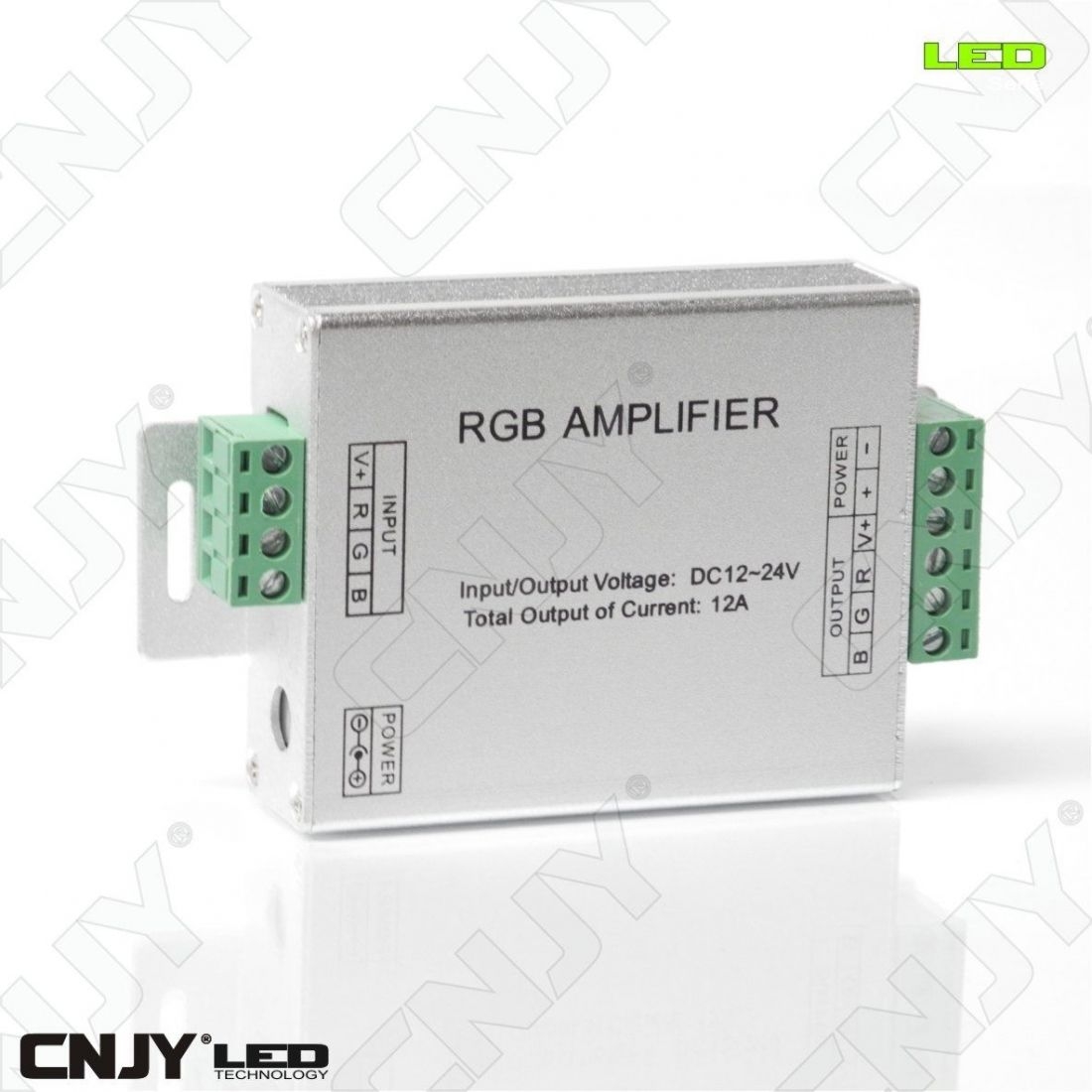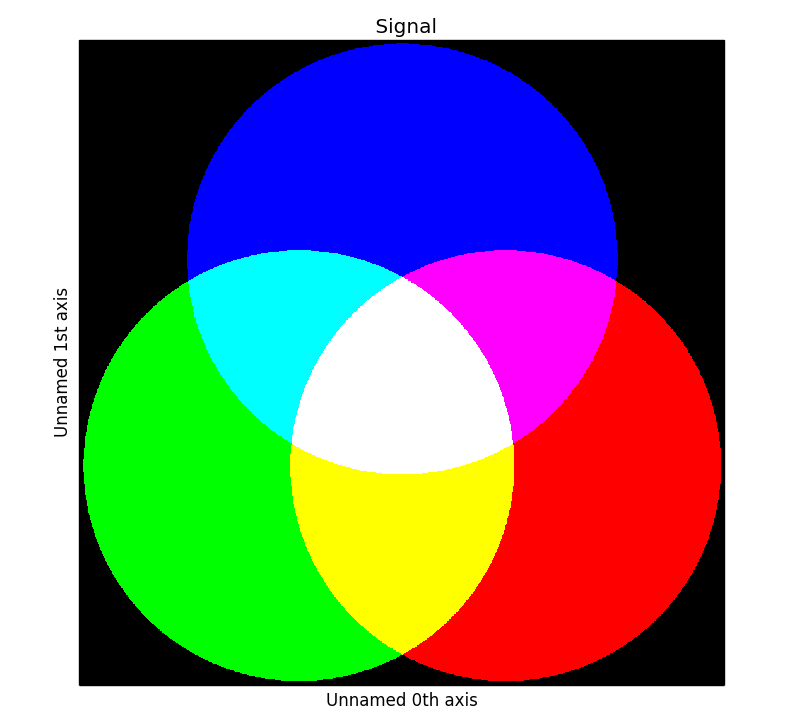

Your lower trace shows that your clock pulses have shrunk to almost nothing - call it 10 nsec. With an 8 MHz clock, it's high for about 60 nsec.

As has happened to you.īut it's not the manufacturer's fault.

This means that, over many successive transmissions a positive pulse (or the positive portion of your clock) will gradually get narrower and narrower. The lower trace indicates that the chip has very slightly slower low-to-high propagation time then high-to-low. At the very least you should be able to access the lines at each end of the strip, which would be better than nothing.ĮDIT - With the inclusion of your scope traces, it's pretty clear that you're out of luck. Make sure you insulate the solder joints. I suggest that you find some way to access the power and ground traces (particularly the ground) at 3 meter intervals, and solder a 16 ga wire to each access point. The strip power and ground traces are simply too thin to carry 30 amps successfully. Rather than needing line buffers, I suspect that your string is just too long from a power point of view. This is how clock (blue) and data (yellow) look on the scope after just ~60 LEDs. I understand that this is a bit of a ridiculous setup but I unfortunately don't have any other choice than to use this type of LEDs.Įdit: I feed power into the strip every meter, connecting directly to the PSU with 14AWG wire. Atleast thats what I gather from the schematic in the datasheet.Īttaching a 220uF cap to the power input on the LED strip improves the noise but it doesn't seem to have any affect on the signal degradation. I have a guess that the noise of the power supply slowly degrades the signal as its "refreshed" everytime it goes through a LED. So I was wondering if there is anything I can do to improve my signal integrity? I need to use 5V PSUs with insane amount of current (30A for this one strip, a larger setup with strips in parallel will use multiple 120A PSUs) and they show some horrible noise (200-300mV) on the 5v output. The setup starts working again if I lower the clock to 4 Mhz but this is too slow for my application. Then the LEDs start to show wrong colors, start to flicker or just do nothing at all. This is working fine until I hit about 10m.

I need to drive this LED strip at a rather high clock of 8MHz+ to get my desired frame rate. You can find the datasheet here with the circuit used on the strips I use shown on the last page:
#SIGNAL RGB DRIVER#
This LED driver IC (APA102) takes an SPI signal and hands it to the next LED in the series and so on. The timestamp is only as accurate as the clock in the camera, and it may be completely wrong.I need to drive a 12m strip of APA102 RGB LEDs (144 per meter). If the file has been modified from its original state, some details such as the timestamp may not fully reflect those of the original file.
#SIGNAL RGB SOFTWARE#
This file contains additional information such as Exif metadata which may have been added by the digital camera, scanner, or software program used to create or digitize it.


 0 kommentar(er)
0 kommentar(er)
